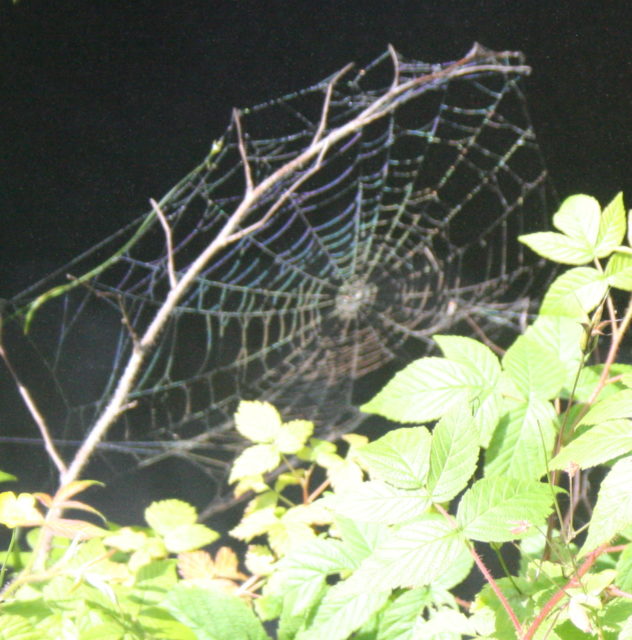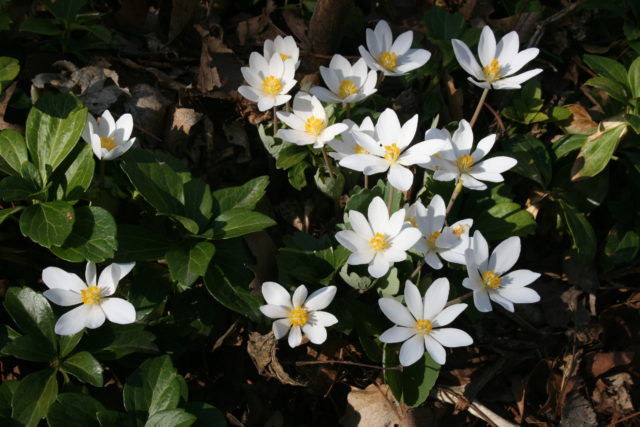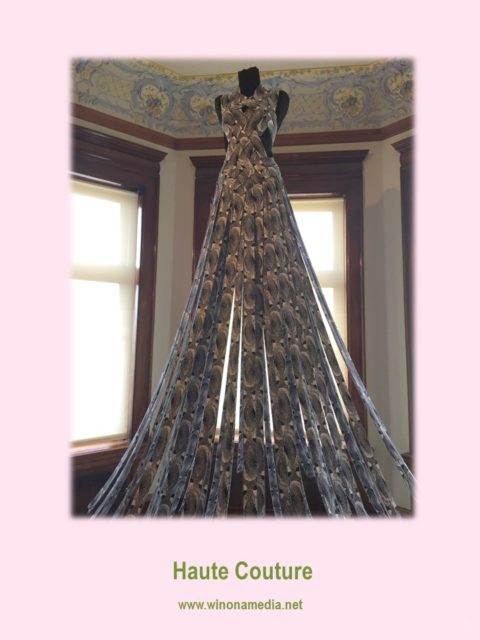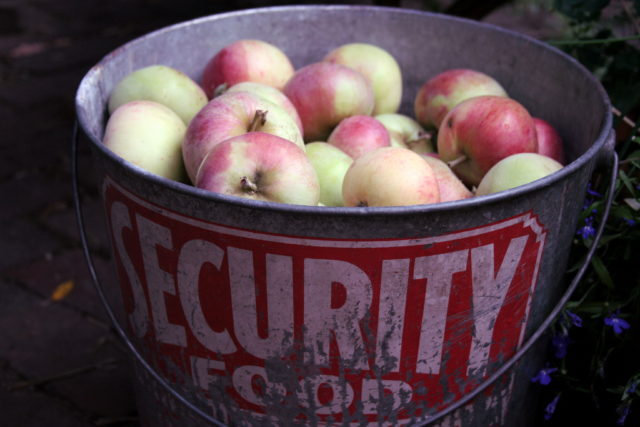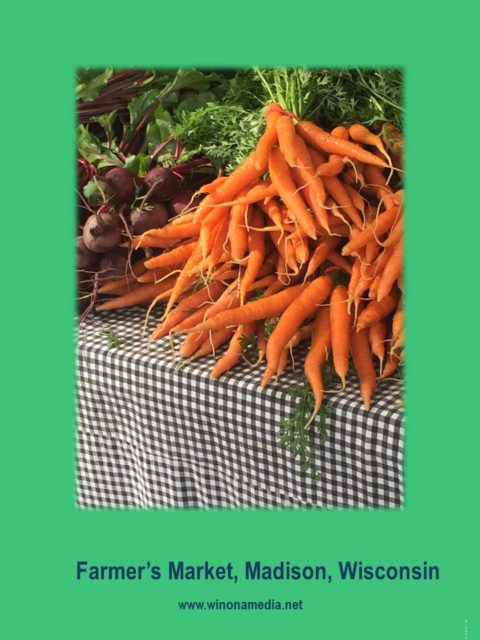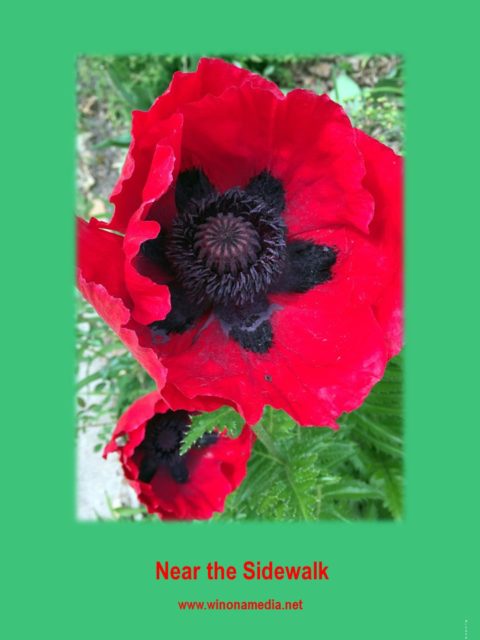Mezzo Cammin: An Online Journal of Formalist Poetry By Women, has just published its summer 2018 edition. I am so pleased that two of my own new poems are included in it. Both were inspired by the work of other poets.
“The Spyder” is an homage to William Blake‘s magnificent poem, “The Tyger,” and uses the same metrical and rhyme schemes, among other borrowings, to highlight an inversion of scale in the imagery.
“A Song of Penelope” was inspired by my recent reading of Emily Wilson’s magnificent new translation of Homer’s epic,The Odyssey. Wilson, a professor of Classics at the University of Pennsylvania, is (in my opinion) an able poet herself, more than equal to rendering the 12,110 lines of Homer’s Greek into an equal number of modern English lines that sing and gallop. Her one-hundred-plus pages of Translator’s Notes alone is worth the price of admission. My own villanelle (just the prescribed nineteen lines!) sprang from contemplating the inner-journey of Odysseus’s wife, Penelope, imagining that she is equally as complicated as Odysseus, and equally adept at weaving song, story, and mythic reality as is her wide-ranging husband.
This issue of Mezzo Cammin includes new work by nineteen poets, each poem thoughtful and skillful. (I was especially wowed by the clarity of voice in “At Meadowbreeze Manor” by Barbara Lydecker Crane.)
My own poems appear HERE.
(My new author photo was taken by my friend, Mattie Lufkin, at the Minneapolis Institute for Art early this year, when we toured with our friend, Allison Schmitt, the MIA exhibit “Power and Beauty in China’s Last Dynasty.”)
Wishing you a pleasant summer of reading and dreaming!
(This image was taken last summer near Grand Marais, Minnesota; the one above, of bloodroot blossoms, was taken in my garden.)
